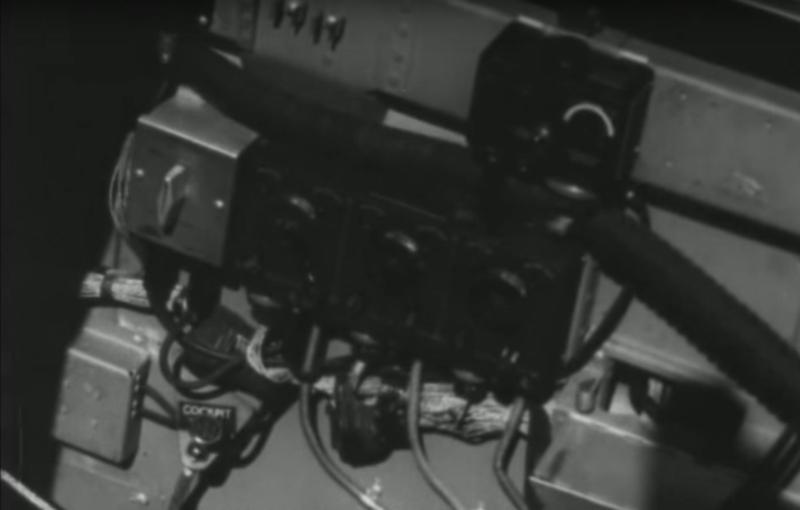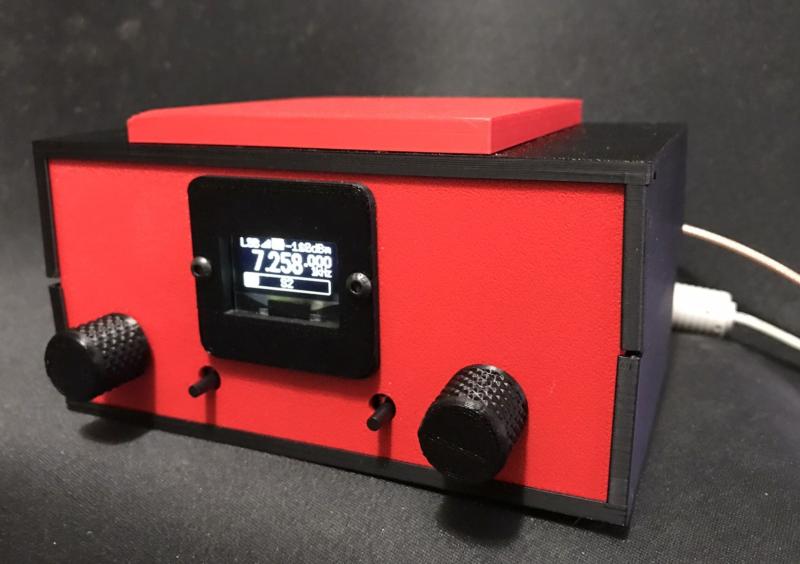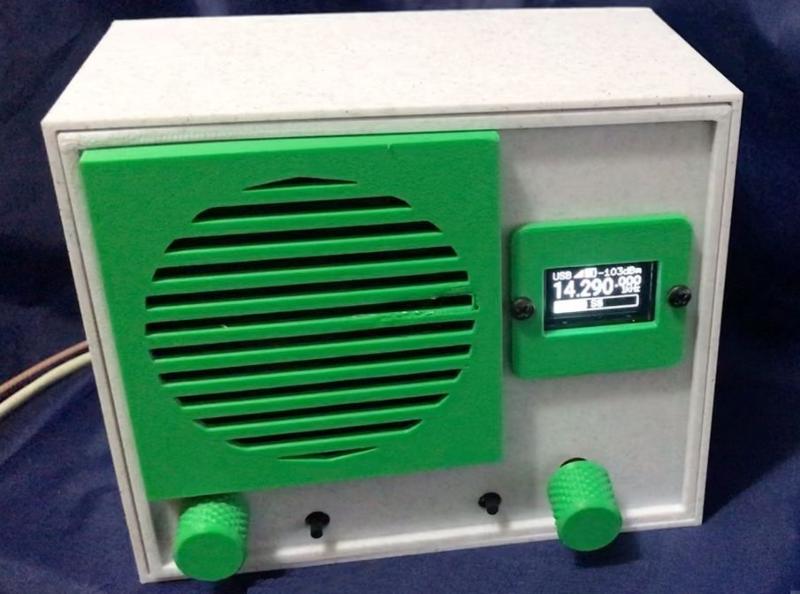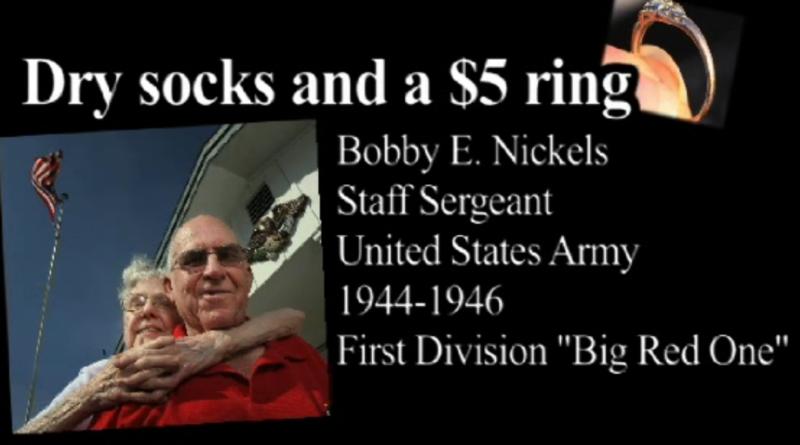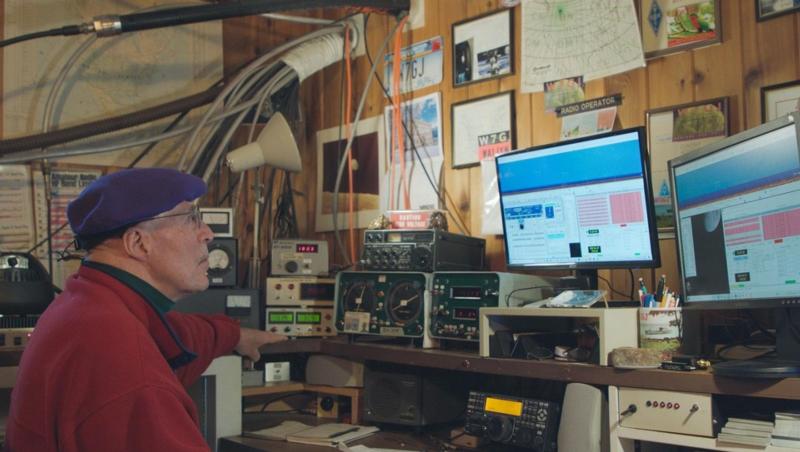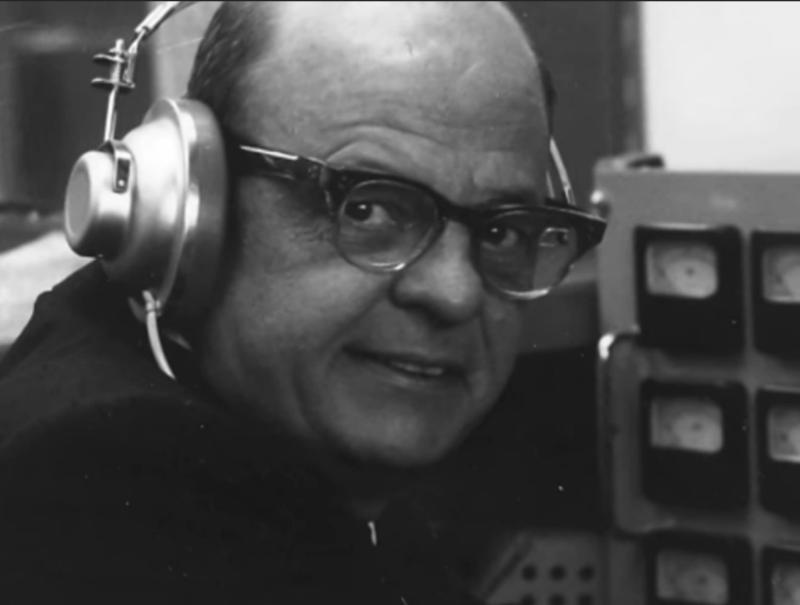WWII Command Set radio checkout in a P-47 Thunderbolt
Radio Mechanic Jones...bring your screwdriver, you have a lot of Dzus fasteners in your future!
Posted By: Robert Nickels (ranickels)
Posted on 02/18/2019
|
PREFLIGHT RADIO INSPECTION FOR FIGHTER AIRCRAFT is a WWII film made for newbie Army Air Force Radio Mechanics. The film shows a P-47 Thunderbolt's SCR274 radio being checked out on the ground, part of the routine pre-flight for any fighter aircraft. What's really interesting about it, is that the film really goes into great detail on the inspection including showing the various forms that would be filled in during a check, and the entire process by which planes were approved for flight by radiomen. The various steps of check out are shown, with examination of the receivers, transmitters, headsets, and even making sure that the instruction book is in place. The film shows a complete inspection and operational checkout of the SCR274 "Command Set" radio including all LF and HF radios, antenna, and modulator. At the 10 minute mark the film switches from focusing on the SCR274 to an aircraft equipped with an SCR-522, which can provide two-way radio-telephone communication between aircraft in flight and between aircraft and ground stations. At the 13:00 mark, a P-38 Lightning is checked out. This aircraft has a SCR-522 on board, with the radio set behind the pilot. An early model P-51 is shown with an SCR274 at the 13:20 mark. Operation of the SCR-522 may take place on any one of four crystal-controlled channels lying within the frequency range of 100 to 156 megacycles. Remote control only is provided. Radio set SCR-522 operates from a 28-volt source and uses dynamotor PE-94-A ; radio set SCR-542 operates from a 14-volt source and uses dynamotor PE-98- A. Radio sets SCR-522 and SCR-542 differ only in the primary power supply voltage and the dynamotor unit used. If you've never seen how these famous radios were actually installed, this is a must-see! And make sure a copy of the instruction manual is onboard, just in case... |
Latest Articles
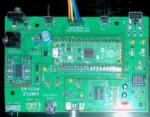
Technical
Posted: 01/29/2025
Comments: 0 |
Pico Rx performance - Excellent performance on 630m WSPR
The Simple Pico Rx is my minimalist implementation of Jonathan Dawson's "Pico Rx" at 101things: https://github.com/dawsonjon/PicoRX In this basic form the receiver consists of a Quadrature Sampling Detector (QSD aka Tayloe) and the Pico2 MCU which handles all DSP functions. There are NO front-end filters, the only bandwidth limitation comes from the tracking filter... READ MORE |
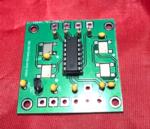
Crystal Replacement
Posted: 08/226/2024
Comments: 0 |
Making SMT "no lead" parts easier to use
SMT is the future - but how can we actually use parts without leads? ... READ MORE |
|
Crystal Replacement
Posted: 02/38/2024
Comments: 0 |
How good can a crummy receiver be?
Hundreds of different simple SDR receivers have been designed around Dan Tayloe's Quadrature Sampling Detector or QSD. Mine add nothing to the state of the art, and in fact subtract things, as I like minimalist solutions and the QSD is right in that sweet spot. Following the evolution of Tayloe's design I delete the resistors in series with the sample lines for inst... READ MORE |
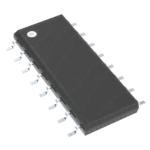
Technical
Posted: 02/37/2024
Comments: 0 |
What's in a number (3253)?
The FST3253 dual four-to-one mux/demux IC has long been used as a "Tayloe Detector" or QSD (and QSE) in low-cost SDRs. They provide incredible performance for such a simple circuit, converting RF to baseband IQ with low loss and the ultimate in simplicity. Unfortunately the original FST3253 part has become obsolete and while substitutes are available, this is where the... READ MORE |
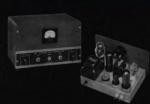
Vintage Ham Radio
Posted: 02/32/2024
Comments: 0 |
The Stancor 10P Transmitter
There weren't really many commercial transmitters in the 1930s as most hams built their own. But many of the ones that were offered came from the transformer companies who had two chances to profit. First, from those who would buy the kit, and two, from those would would see it in the (free) booklets the companies provided to their distributors who would then sell the iron to ham... READ MORE |

Vintage Ham Radio
Posted: 12/355/2023
Comments: 0 |
The Care and Feeding of the EF Johnson Courier amplifier
The EF Johnson "Courier" is a grid-driven amplifier using two 811A tubes. Switching is provided for operating in either class C for CW or as a class B linear amplifier for AM or SSB. Rated power is 500 watts input for CW, 500 watts PEP input for SSB, and 200 watts input for double-sideband AM with carrier. Since all amateur power levels were meas... READ MORE |

Historic
Posted: 11/329/2023
Comments: 0 |
TV Duplexer
Some things are interesting, even if totally useless nowadays. Such is the case with the Philco 426-3034 Crossover Kit for UHF TV. What the heck is that? Well, back in the late 50s, UHF television stations operating on channels 14-83 started to appear in many areas of the US where viewers had a VHF-only TV antenna, and in many cases an externa UHF converter was... READ MORE |
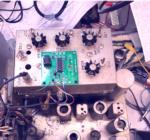
Crystal Replacement
Posted: 11/327/2023
Comments: 0 |
Replacing failed crystals
For decades, quartz crystals were used everywhere a stable frequency source was needed, even in some applications that depended on overtone (harmonic) behavior into the VHF range. These crystals were less stable and more dependent on circuit parameters that fundamental types and thus more problematic. Such was the case with the 94 MHz crystal in the 2 meter converter ... READ MORE |
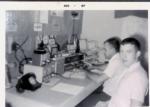
Historic
Posted: 11/315/2023
Comments: 0 |
My Own Ham Radio Story by W9RAN
Everyone has a story of how they got involved in ham radio - this is mine. It started much earlier, including receiving a Knight Kit Span Master shortwave radio for Christmas in about 1963, at age 12. I'll never forget the night my dad and I finished building it and I wanted to try it out. It came with a 50 ft. antenna which was still coiled up - but ... READ MORE |
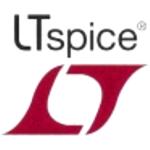
Technical
Posted: 09/267/2023
Comments: 0 |
Hot to simulate vacuum tubes in LTSpice
LTSice is a powerful simulation tool that is provided free by Linear Technology Corp. It comes with a complete library of passive and common analog solid-state components but if you want to use it to simulate vacuum tubes, it doesen't work as-is. Even though triode and pentode symbols can be found in the "Misc" folder, they are just schematic symbols and... READ MORE |
Latest News
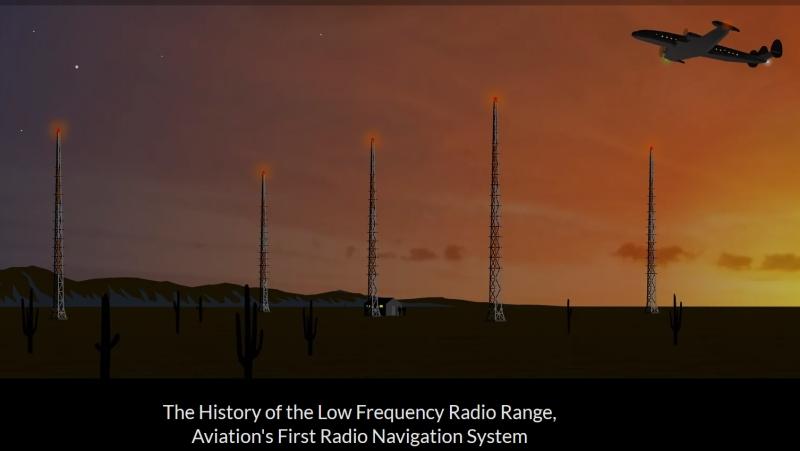
Comments: 0
"Flying the Beams" - a terrific website on radio navigation
Those interested in radio navigation, specifically the A-N, or Low Frequency Radio Range, will enjoy spending time exploring this great websitewww.flyingthebeams.comThe creator, Doug Davis, has done an exceptionally good job of explaining not only the Low Frequency Radio Range (LFR) but the evolution of airborne navigation to the present day, with many illustrations and photos that I h... READ MORE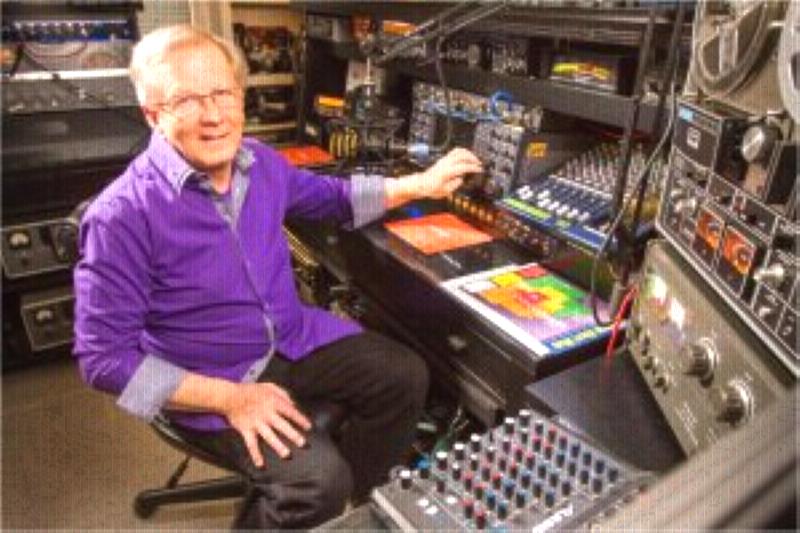
Comments: 0
Bob Heil K9EID SK
Posted 3/1/24 at Heil Sound Facebook page:Our beloved founder, Dr. Bob Heil, K9EID, is now a Silent Key. Bob fought a valiant, year-long battle with cancer, and passed peacefully surrounded by his family. Bob’s lifelong passion for amateur radio was clear to everyone involved in the hobby. Everything Bob did for the betterment and growth of amateur radio – from his instructional handbo... READ MORE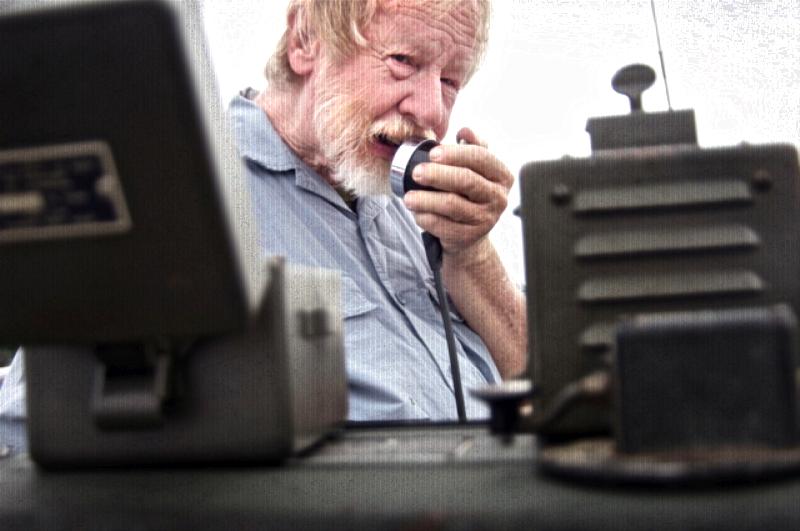
Comments: 0
Joe Munson WA4VAG (SK)
With great sadness we note the passing of a veteran, long-time ham, and one of the most interesting people I've ever met, Joe Munson WA4VAG. Joe's love for military radios began when his life depended on one - the famous "Prick 74" that he toted around Viet Nam (and certain other countries where the US miltary officially never was) and expanded to include workin... READ MORE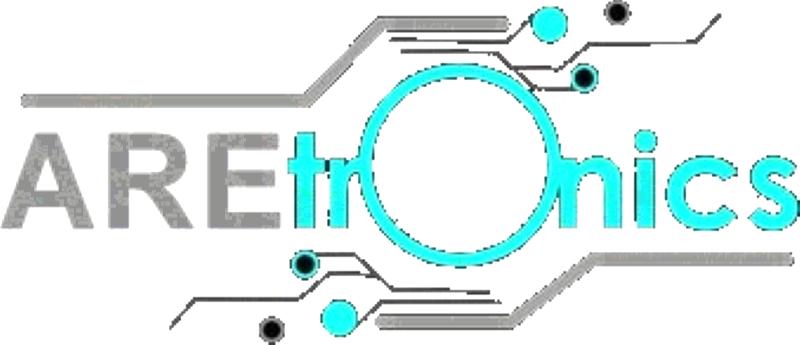
Comments: 0
ALL ELECTRONICs is gone, but Aretronics is here!
All Electronics, a long-time parts supplier for hobbyists, has gone out of business, but employees have started a new company offering many of the same products and promising the same great service::"Aretronics is the new company, started by ex-employees of All Electronics.Together we have decades of industry experience.We aim to provide the same fast, reliable service as we did at All Electr... READ MORE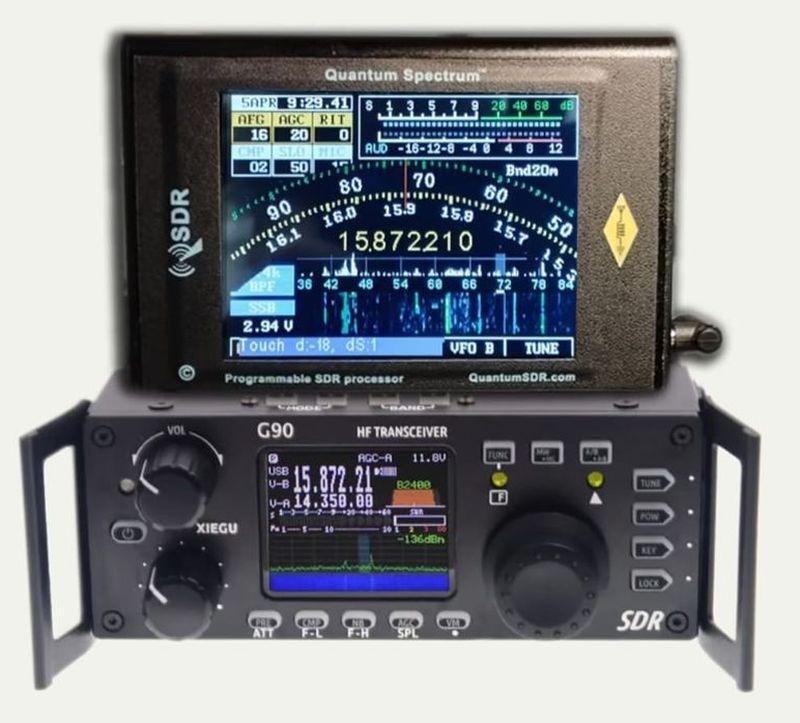
Comments: 0
Quantum Spectrum - a DSP add-on for low-end SDRs
As one who has been playing with small inexpensive SDRs since the days of the Softrock, I've been amazed by how well the simple yet very effective Quadrature Sampling Detector aka "Tayloe Detector" (named after it's inventor Dan Tayloe) actually works. Using calibrated equipment I've measured the Minimum Detectable Signal (MDS) at -122dBm using the same 3dB ... READ MORE
Comments: 0
WANTED: Bendix 3206
Power Supply/Mod/IF unit This is an odd and unusual piece of gear, it's got IF cans one one end and a dynamotor on the other! It's the back half of the receiver plus power supply and modulator for the Bendix 3801 HF system that was used on aircraft before the switch to VHF. The functions were split between the two units to save panel space. Click the image to e... READ MORE
Comments: 0
New droplet-based electricity generator
A drop of water lights up 100 small LED bulbs A team of engineers has figured out how to take a single drop of rain and use it to generate a powerful flash of electricity. The City University of Hong Kong researchers behind the device, which they're calling a droplet-based electricity generator (DEG), say that a single rain droplet can briefly generate 140 volts. Their findings were published in the latest issue of the highly prestigious ... READ MORE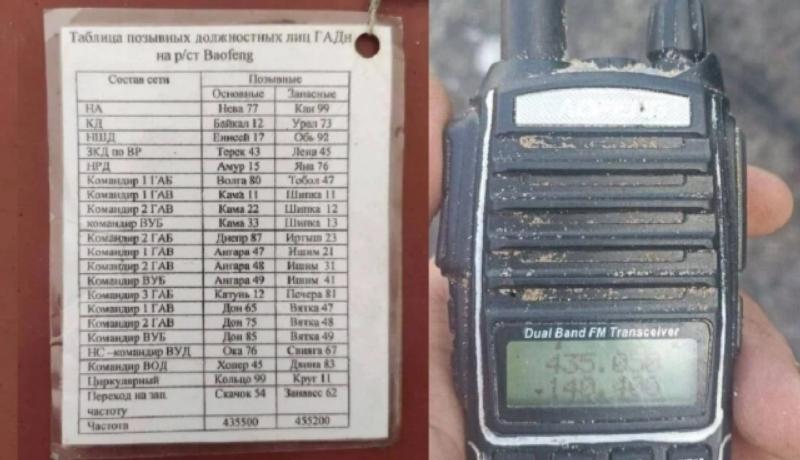
Comments: 0
Russian soldiers uses Chinese portable radios
Baofung UV-82HP - unencrypted The Russian military has used civilian mobile phones and radios for their communications, including Chinese-made civilian handheld radio, during the ongoing Kremlin’s invasion of Ukraine.According to Defence-Blog.com, the Russian military is using the BaoFeng UV-82HP radios for communication within the frontline units currently stationed in Ukraine.The Ukrainian military manages to sei... READ MORE
Comments: 0
Amateur radio transmittting suspended in Ukraine
part of a 30 day emergency order Full information hereSee Feb. 27 update HERE.Some webSDRs now blocking the spectrum around UVB-76 to prevent monitoring of it. ... READ MORE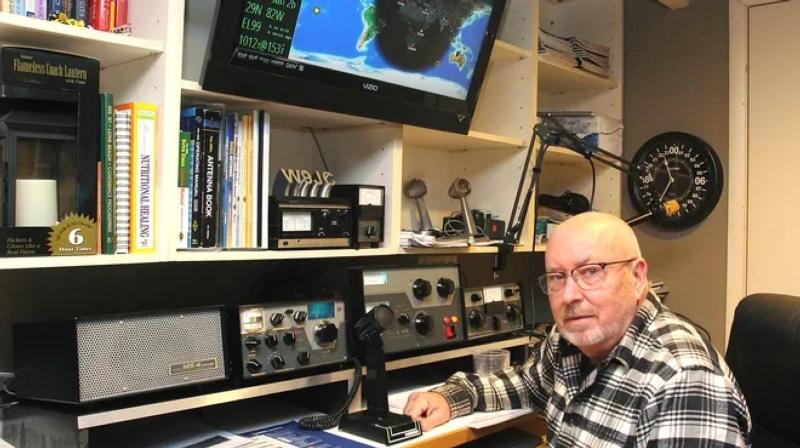
Comments: 0
Local IL Ham featured in newspaper article
W9JC, Freeport IL A former Honeywell work colleague and local ham friend was recently featured in a front-page story in the Freeport Journal StandardJohn does a nice job of explaining the relevance of Ham Radio in the 21st century:“Think about that little cell phone you carry around which is only a radio,” he said. “That all happened in the last 100 years. That’s one lifespan for many people... READ MORELatest News

WANTED: Bendix 3206
Power Supply/Mod/IF unit
New droplet-based electricity generator
A drop of water lights up 100 small LED bulbs
Russian soldiers uses Chinese portable radios
Baofung UV-82HP - unencrypted
Amateur radio transmittting suspended in Ukraine
part of a 30 day emergency order
Local IL Ham featured in newspaper article
W9JC, Freeport ILLatest Videos

Quantum Spectrum - a DSP option for SDRs
and maybe ALL radios (someday)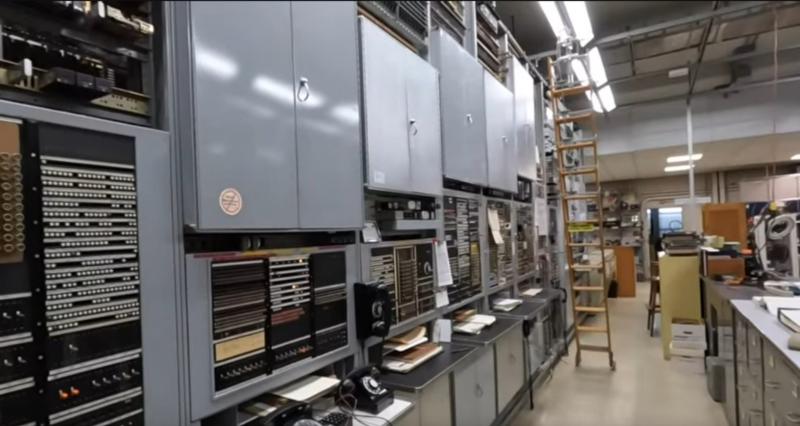
At the Connections Museum in Seattle
the insane telephone technology that led to today's computers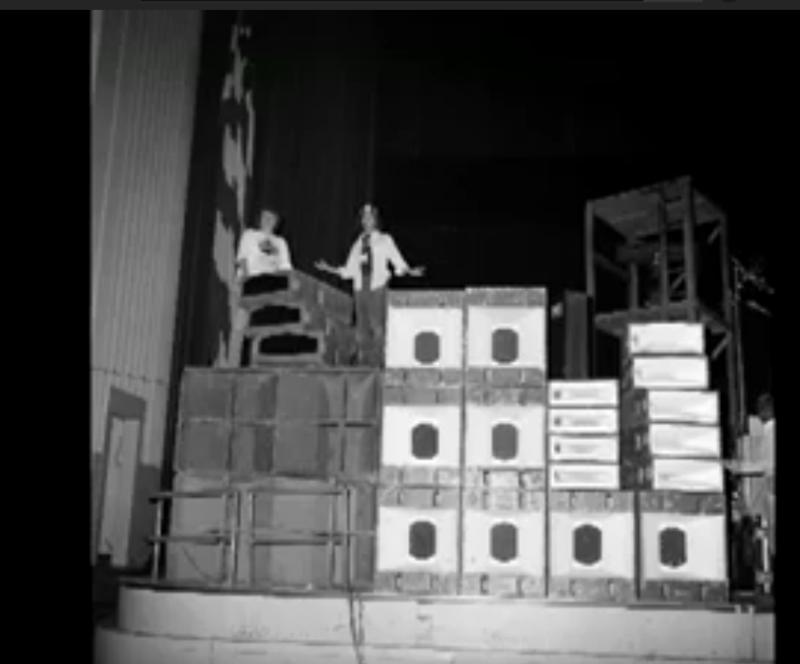
The Story of Heil Sound
Rock and Roll Hall of Fame presentationLatest Links

|
Paul Stoffregen is the creator of the Teensy microcomputer and related products and has authored a vast amount of exceptionally good and useful public domain software to go with it. As the old saying goes "no good deed goes unpunished" and in the course of answering customer and would-be customer questions, Paul has written over 18,000 replies. From that he's ... READ MORE
- Robert Nickels (ranickels), 12/10/2018
|
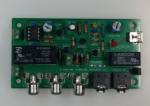
|
The VERSA-TR kit designed by RAN Technology Inc. is available from our friends at Hayseed Hamfest. Please direct all order-related questions to them at https://hayseedhamfest.com/pages/contact-us... READ MORE
- Robert Nickels (ranickels), 11/11/2018
|
